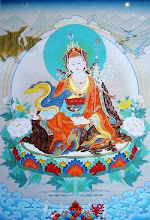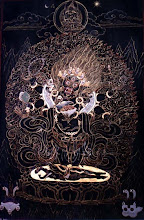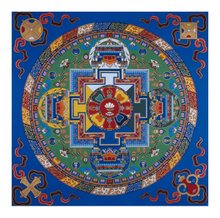A rickshaw driver gave me a lift the last half of the way and I arrived at the train station to find hundreds of people camped out on the floors. The departure board didn't show my 05:20 train, so I made an enquiry at the desk. Your train is 10 hours late, I was told. While I was standing there trying to digest that, he motioned for me to come around back and took me to the station master to see if I could change my ticket for the express train that was arriving in the next 30 minutes. Unfortunately, e-tickets are non-changeable and non-refundable.
Fortunately, 10 hours gave me enough time to visit Vaishali. So I went out front and found a taxi and off we went. By the time we crossed the Ganges (on what is one of the world's longer bridges, taking us 8 minutes to cross), the fog descended and turned the drive to Vaishali into a spooky, creepy crawl across a landscape that was only a couple of meters deep on any side.

It was still quite foggy when we reached the historical sites, which hung in the mist, bereft of their surroundings, like stupas in a dream. The fog was so thick it collected on trees and you could hear the pitter patter of water hitting the ground.
The fog finally lifted once we were about halfway back to Patna, and it was quite amazing to see so much life and landscape that we had driven through nearly blind.
On reaching Patna station I found my train further delayed until 18:00, giving me plenty of time to check out Patna museum. Besides housing some great statuary, the museum has a small sample of what are claimed to be ashes from the Buddha's cremation, taken from one of the stupas at Vaishali. To see only the relics the museum asks an additional US$12.50 on top of the US$6.00 general admission, an outrageous amount in India, where tickets to state-funded archaeological museums costs US$0.10. I chose not to pay for the relics, which are housed behind double pad-locked doors.
While the state authorities proved unwelcoming in their pricing, the people of the state were much friendlier. I was stopped several times in the museum by young people asking where I was from and what I was doing in Patna. I must be quite a rarity. In fact, in my two days here I haven't seen another foreigner on the streets. The welcome continued outside the museum, where a local press photographer was happy to find an exotic subject for his assignment and who obliged for a couple of personal photos.

And here I am now writing about it, after which I'll be off to the train station to see if my train has been delayed any further.
The trick to seeing India seems to be to travel loose, keep smiling, and ride the wave wherever it wants to go.
#































